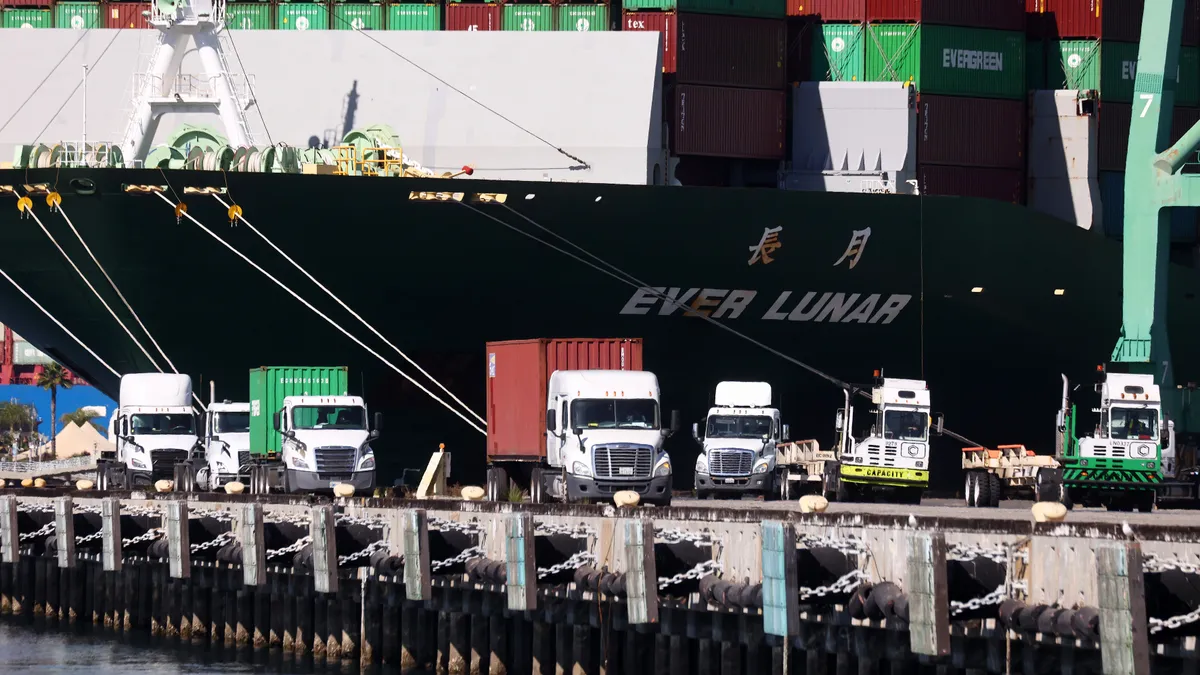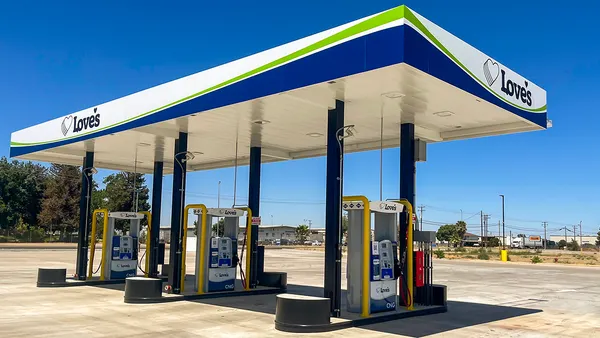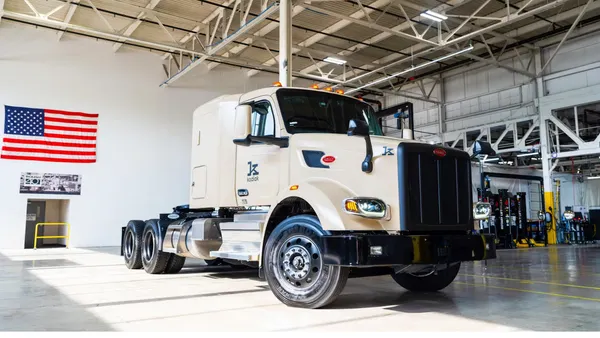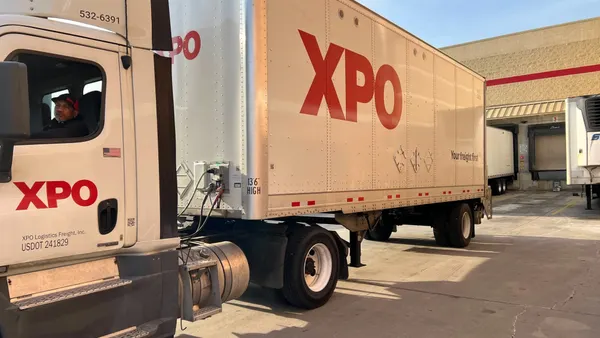Transport Corp Canada’s trucking division, RIMS Transport, is still dealing with fallout from the latest supply chain challenges that are gripping the sector, but Group CFO Venu Katta has leaned on technology and other cash flow management tactics to ease the pressure on his firm’s bottom line.
“Cash flow management is now something I focus on heavily,” Katta said in an interview. The supply chain chaos that erupted during the first wave of COVID-19 was given new oxygen this year as Russia’s invasion of Ukraine led to a supply-side oil shock and China’s manufacturing activity has contracted amid its zero-Covid policies.
“We’re not getting parts on time, transportation costs are going up, there’s no space in the warehouses, and the demand for drivers is greater than the supply,” Katta said. “We’re still feeling the impacts of the pandemic in this business. We’re still in the process of clearing the first backlog.”
Transport Corp Canada, the largest privately-held trucking enterprise in Southern Ontario, provides transportation and supply chain management solutions in Canada and the U.S.
Desperate for drivers
Part of the early pressure on the trucking sector was tied to a shortage of truck drivers that prompted some companies like Transport to beef up or somehow sweeten compensation.
Instead of paying a trucker bi-weekly, for example, Katta began issuing pay checks weekly. He also expanded the company’s group insurance coverage to include truck brokers and owner operators, gave workers rebates on their insurance through its captive insurance program, and extended group medical and dental benefits to owner operators and brokers, he said.
“We desperately needed to retain our brokers, drivers and owner operators,” he said. But in order to pay weekly, he needed more cash on hand and the cost of the incentives led Katta to find ways to offset costs by better managing working capital.
One change Katta has made is aimed at getting the company paid faster. He sought to reduce the days sales outstanding (DSO), a measure of the average number of days that it takes for a company to be paid after a sale. The firm’s DSO was getting worse, with collections going from 45 days to 60, leaving the company going through its cash faster than receivables.
It used to take at least three to four business days before the company would start the process of sending out invoices, he explains. Now the company has invested in some technology to address that.
“We had the software system enhanced so that the manifest is scanned on the same day. We gave the brokers, owner operators and our drivers cell phones with scanners and documents that can be sent automatically. That eliminates the step of them filing the papers in the office, and then having to scan it into the system. Now it goes directly from the phone into the software, and then [it’s] invoiced,” he said.
RIMS Transport had to come up with innovative solutions earlier in the pandemic too, when the shipping lanes between the U.S. and Canadian border came to a virtual stand-still. It was a difficult time for a company largely dependent on trade between the two countries.
Cooked tires
In order to ensure they would have enough drivers to cross the border, RIMS Transport implemented an incentive strategy to make sure all their truckers were vaccinated. “To keep our trucks rolling to the US, we gave $1000 to whoever got the vaccine and paid another $1000 for every booster shot they got,” he said. The result was that 99% of their drivers, owner operators and brokers had vaccine certification, he explains. This also incentivized them to stay with the company during a time when it was hard to get people back to work, he added.
As to the on-going supply-chain challenge for 2022, as many have predicted, there’s no end in sight while new challenges have emerged that also need solving.
For example, tires are in short supply for the transport industry, he explains. “They’re just not available particularly if you’re running eight, 12 or 16 tires per axle trailers, or flatbeds. Most of these are manufactured in Korea China and India, and when they’re held up at ports for a month or two, they get damaged because they’re sitting in a hot container. The material inside the container is cooked.” Repair parts for trailers are also sitting at sea, and also come from countries like China or India. These types of costs can’t be pushed onto the customer, Katta adds.













